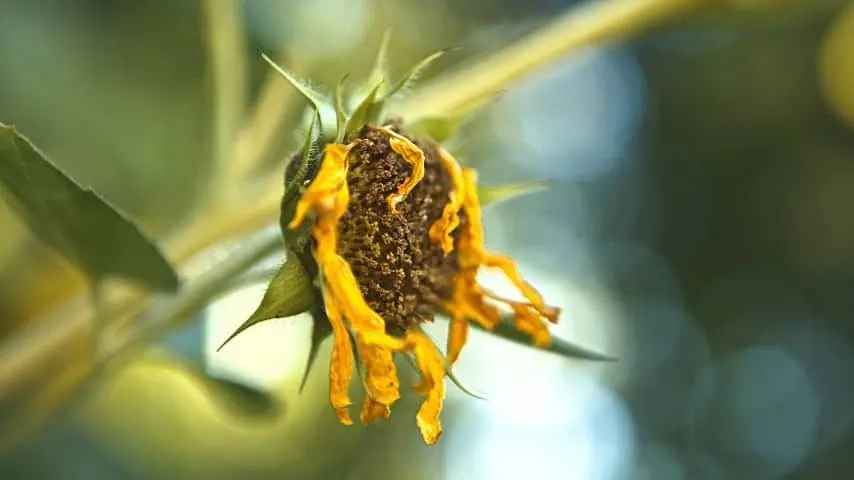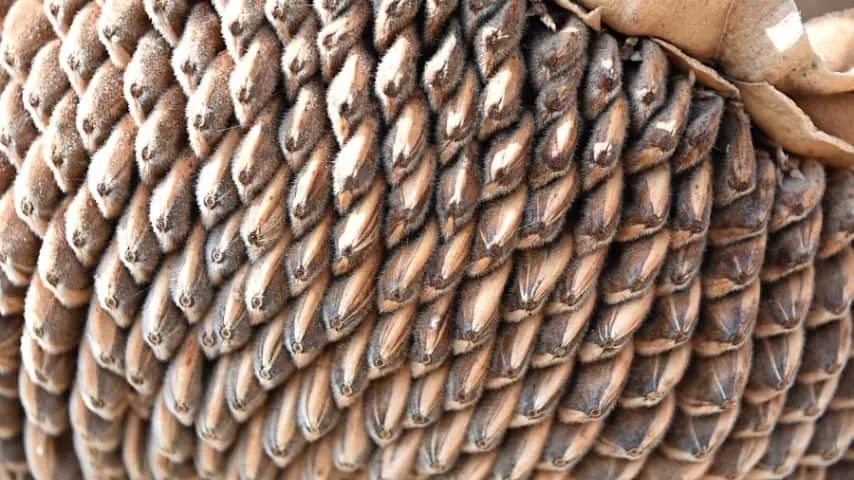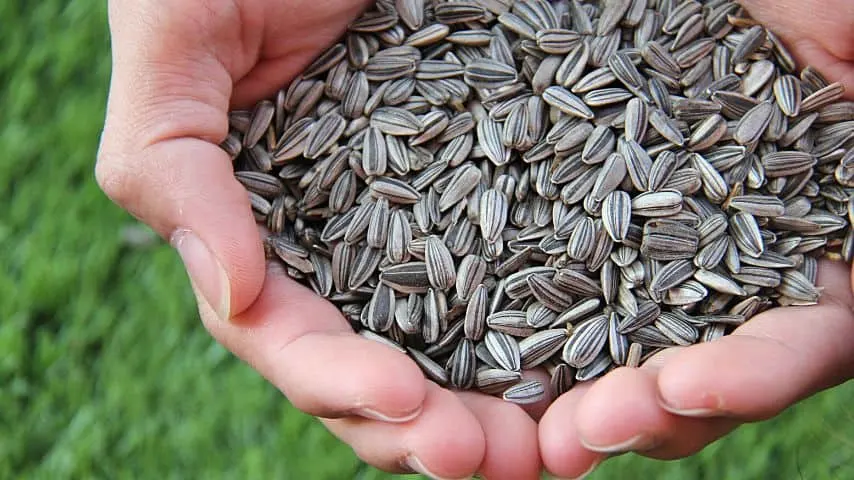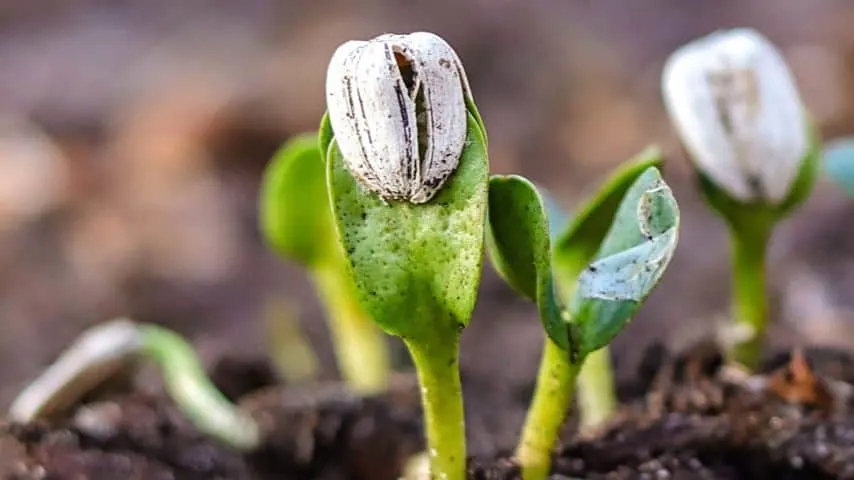Sunflowers are a type of plant that features around 700 different varieties. While they come in many colors, one of the most recognizable colors for the sunflower is yellow.
Depending on the variety of sunflowers you see, you can see impressive heights and giant flowers. So how do you ensure that your sunflowers will grow adequately?
Table of Contents
Do You Deadhead Sunflowers?
To prolong the growing period of your sunflowers, you should deadhead them. Once you remove the older flowers, the plant grows a new one to replace them. You can then extend your sunflower’s blooming season with this process.

How Deadheading Sunflowers Works
When you deadhead a plant, you remove drooping or dying flowers to make way for new ones.

There are a few different ways to deadhead, so it is essential to know which is best for your flowers.
When you deadhead your sunflowers, you want to remove any part of the plant that is beginning to die. So look out for flower heads that are fading and can be snipped off.
On sunflower heads that have begun to form seeds, look to the stem.
When you follow the stem from the sunflower head back to the branch, you can cut.
Be sure to reach a point in the branch below any wilting or dying sunflower leaves, leaving half an inch of the stem above the branch.
What Happens When You Deadhead Your Sunflowers
When you deadhead your sunflowers, you stimulate the growth of new flowers. Your sunflower plant has a longer season than just the sunflower heads.
As the sunflower heads, the plant’s bloom will grow and begin to develop seeds. Once your sunflower head has seeds, that bloom is at the end of its life.

Removing the dead parts of the sunflower then encourages those branches to regrow and create new sunflower heads.
When you deadhead a sunflower, leaving the half inch of branch encourages the plant to sprout new growth in the same area.
When you deadhead your sunflower, not only do you keep the plant healthy, but you will also get more from your plant during its season.
Remove all the seeds, as otherwise, birds might get attracted to your sunflowers and the surrounding plants.

What is the Growing Season for Sunflowers
Sunflowers, most of them, are annuals. Sunflowers flourish in the summer season. You can start your seedling in the late spring.

When trying to get the most out of your sunflower crop, planting several sunflowers at different times will make it more likely that you have several different plants that are in different stages of growth.
Once you deadhead your sunflowers, you can also leave the sunflower heads in your garden. As the developed seeds fall out of the sunflower heads, they sprout new plants.
One thing you should watch out for if you are letting your sunflower heads fall to the ground is that sunflower seeds have a toxin present that can discourage the growth of other plants.
When your sunflower seeds reach the soil, they spread this toxin. If you have sunflowers in a garden with other plants, you should avoid letting the sunflower heads reach the ground.
Otherwise, you risk killing off the rest of your plants.
If you want to have year-round blooms, properly care for your sunflowers. You should deadhead any sunflower heads or parts of the plant that appear to be drooping or dying.
This process will encourage new growth and expand your flowering season.
While most sunflowers are annuals, there are also various species of perennial sunflowers. These tend to be on the larger side of the size scale.
Most perennial sunflowers reach their full height at between five and ten feet. More often than not, these varieties grow in large patches or clumps.
Perennial sunflowers still bloom in the summer months but can remain through the beginning of fall.
Frequently Asked Questions About Whether You Should Deadhead Sunflowers
Can you deadhead your sunflowers too many times?
If you pay attention to your sunflower and only deadhead it when needed, you can’t over-deadhead it. Before deadheading, make sure the sunflower head has developed seeds. Leave parts of the stem that you cut above the branch. This is the spot where your sunflower plant will be sprouting new growth.
How do you tell when your sunflowers are ready to be deadheaded?
When you look at the head of your sunflower, you may notice that the seeds in the flower have started to develop. Once the seeds begin to develop, you can deadhead your sunflower. This is a sign that the flower is reaching its final stages and is ready to drop seeds to start new sunflower plants.
What should I do with the sunflower heads I remove?
Sunflowers make for beautiful arrangements. If you’re not a fan of having flowers inside your home, leave the sunflower heads for future growth. The deadheads develop seeds in the center and will eventually fall out as the sunflower head dies. The seeds then start new seedlings for future plants.
In Conclusion, On Do You Deadhead a Sunflower
Deadheading your sunflowers is an essential step in fostering healthy growth. Once you deadhead old and dying sunflower heads, you will then see new growth in your plant. Just be sure to remove enough of the dying head and leaves while keeping a section of the stem after the branch.

Daniel has been a plant enthusiast for over 20 years. He owns hundreds of houseplants and prepares for the chili growing seasons yearly with great anticipation. His favorite plants are plant species in the Araceae family, such as Monstera, Philodendron, and Anthurium. He also loves gardening and is growing hot peppers, tomatoes, and many more vegetables.


